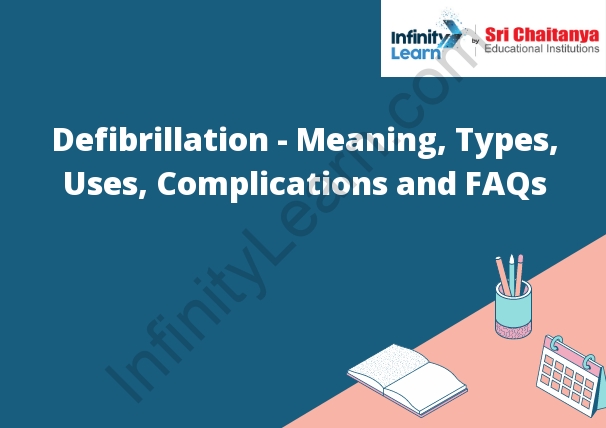Table of Contents
What is Defibrillation?
Defibrillation is the process of delivering an electrical shock to the heart in order to restore its normal rhythm. A defibrillator machine is a device used to deliver this electrical shock. There are three types of defibrillator machines: manual defibrillators, semi-automatic defibrillators, and automatic defibrillators.

1. Manual Defibrillator
A manual defibrillator is a device used to shock the heart back into a normal rhythm. It is a battery operated device that is placed on the chest of the patient. The electrodes are then attached to the patient’s chest and the shock is delivered.
2. Automated External Defibrillators (AED Defibrillator)
- An automated external defibrillator (AED) is a device that can used to restart the heart of a person in cardiac arrest. The device automated, meaning it requires no special training to use, and it is external, meaning it can used by anyone. AEDs are becoming more and more common, and now found in many public places, such as airports, schools, and office buildings.
- When a person’s heart stops beating, it is because the heart’s electrical system has malfunctioned. The AED uses electrodes to send an electrical shock to the heart. This shock helps to restore the heart’s normal rhythm, which allows the heart to pump blood and oxygen throughout the body.
- AEDs are easy to use. They typically packaged in a bright red case, and they come with simple instructions. To use an AED, you first need to locate the device. Once you have found the AED, you need to remove it from the case and turn it on. The AED will then walk you through the rest of the process, which includes placing the electrodes on the person’s chest.
3. Cardioverter-Defibrillators
A cardioverter-defibrillator a device used to restore normal heart rhythm in people with life-threatening abnormal heart rhythms, such as ventricular fibrillation. The device detects a problem with the heart rhythm and delivers an electrical shock to the heart to restore a normal rhythm.
Defibrillator Uses
- A defibrillator is a device that used to restart the heart.
- If someone is having a heart attack, the defibrillator will shock the heart back into a normal rhythm.
- A defibrillator can also used to treat an abnormal heart rhythm, such as ventricular fibrillation.
Why is Defibrillation Performed?
When a person has a cardiac arrest, their heart has stopped beating. This is usually because of an electrical problem in the heart that causes it to beat irregularly or not at all. Defibrillation is a procedure that uses electricity to try to reset the heart’s rhythm. It performed by a doctor or nurse using a special machine called a defibrillator.
How is Defibrillation Performed?
The defibrillation process begins by attaching defibrillation pads to the patient’s chest. The pads then connected to a defibrillator machine. The machine will analyze the patient’s heart rhythm and will determine if a shock is needed. If a shock needed, the machine will deliver an electric shock to the patient’s heart.
Complications of Defibrillation?
- A complication of defibrillation is an unforeseen event that occurs during or after the use of a defibrillator. Complications can include cardiac arrest, heart attack, stroke, and death. Other complications include burns, fractures, and electrical shocks.
- One complication of defibrillation is cardiac arrest. Cardiac arrest is a condition in which the heart stops beating. This can occur as a complication of defibrillation or as a result of the heart’s own electrical problems.
- Another complication of defibrillation is heart attack. A heart attack is a condition in which the heart muscle damaged or dies because of a lack of blood flow. This can occur as a complication of defibrillation or as a result of the heart’s own electrical problems.
- A complication of defibrillation that can lead to death is stroke. A stroke is a condition in which the blood flow to the brain interrupted, leading to the death of brain cells. This can occur as a complication of defibrillation or as a result of the heart’s own electrical problems.








